Thousands of people took to the streets of Singaraja for the "Healthy Walk" to celebrate the city's 420th anniversary. Bank and store employees, military personnel and police officers, students, and schoolchildren all joined the route that started at the city park (Taman Kota Singaraja), passed through the main streets, and brought the citizens back to the park.
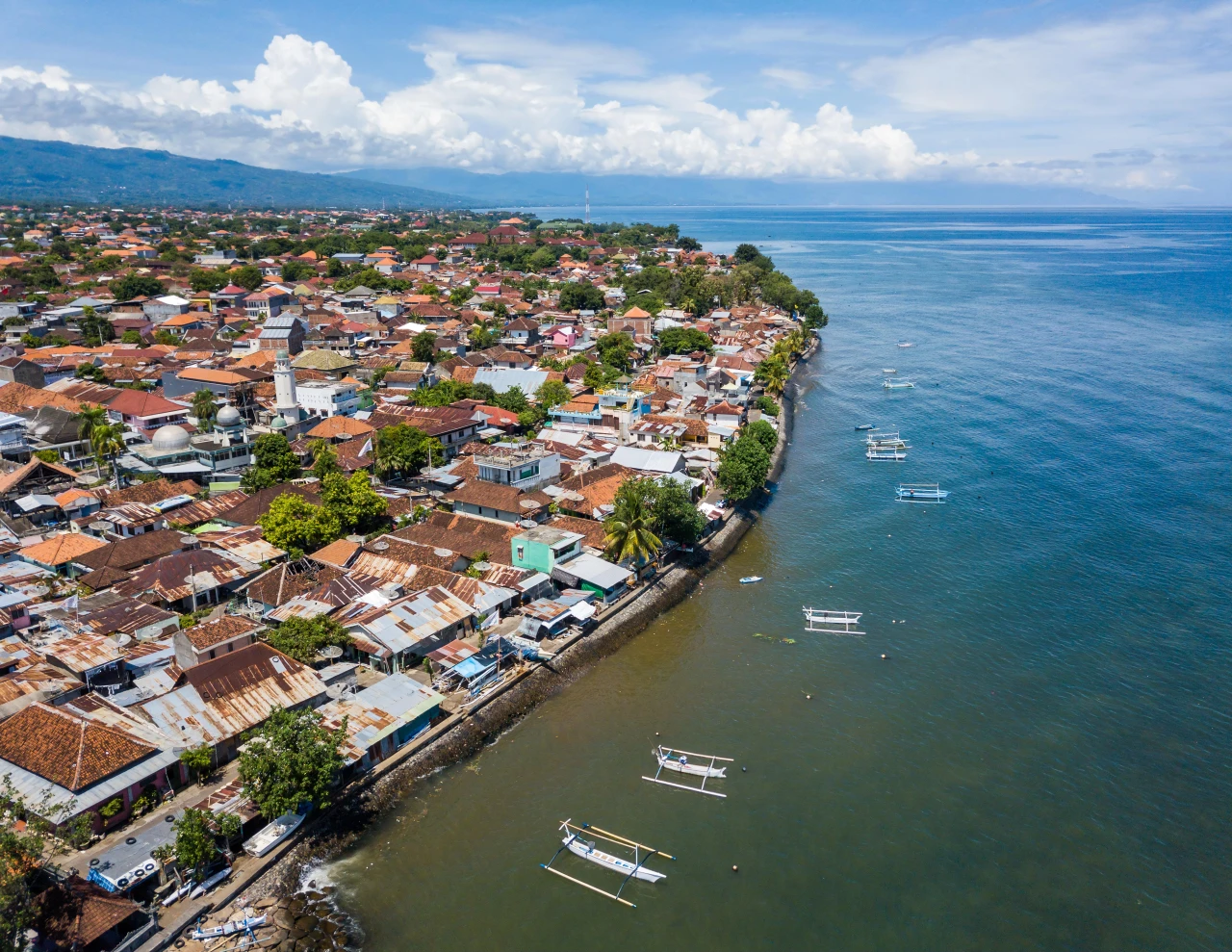
The celebration culminated in the release of balloons into the sky. Acting Regent of Buleleng, Ketut Lihadnyana, did the honors and, in his speech, urged all Singaraja residents to remain united in the name of progress for the city and the entire regency.
"This casual walk is not only for fun but also to help all community members strengthen their relationships with each other. We must be united and inspired for our beloved Buleleng. So, let's not rest on our laurels. We must be determined to move Buleleng forward," said Lihadnyana.
Cohesion and unity are indeed very important for the local community from a historical perspective. It was this unity that helped the city gain independence back in the day.

A Bit of History
The first to discover northern Bali were sailors and traders from the Persian Gulf, India, and China. Early in the Common Era, they began establishing trading posts along the coast. Their influence remains evident even today, with Chinese Buddhists among Buleleng's residents. They are mainly businesspeople and shop owners in the port area who peacefully coexist with their Muslim and Hindu neighbors.
Incidentally, near the Singaraja port, you can find the Chinese temple Klenteng Ling Gwan Kion (Klenteng Ling Gwan Kion) with its lotus pond and golden Buddha statues. Founded in 1873, the temple has undergone several reconstructions.
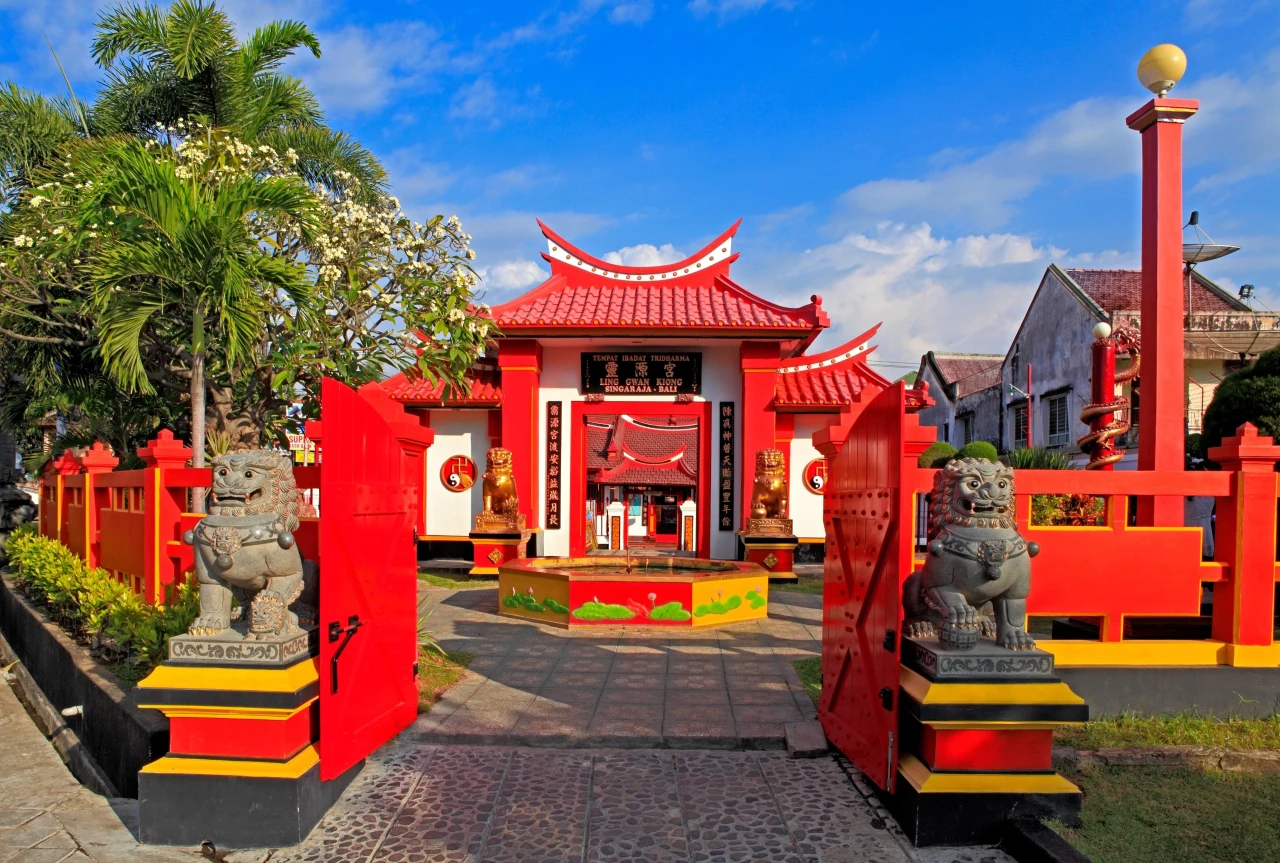
As for Singaraja itself, the city is considered to have been founded on March 30, 1604. This date marks the establishment of the royal palace Puri Agung Buleleng (Puri Agung Buleleng). The city was named after the king who ruled the regency in the early 17th century. His name was Anak Agung Pandji Sakti, known as the “Lion King.” “Singa” means lion, and “raja” means king, forming the name Singaraja.
Today, Singaraja is the administrative center of Buleleng Regency, where tourists often stay overnight on their way to Lovina to see the dolphins.
Singaraja is often referred to as the northern capital of Bali, not only because it is the second-largest settlement on the island (after Denpasar) but also because it was indeed the capital until 1958.
The Dutch influence is evident here, resulting in interesting architecture with many European-style buildings and wide boulevards.
The northern access to the sea was very convenient, eliminating the need to circumnavigate the entire island, which is why the Dutch settled here as soon as they gained control of the city in 1848. They built houses and developed the port. Until around the 1950s, Singaraja was one of the most developed settlements on the island, and for a time, it was the capital of the Lesser Sunda Islands.
Indonesia achieved true independence only in the second half of the 20th century. It wasn't easy, as Europeans were reluctant to give up the island's riches like rice, coffee, and spices, which were highly valued. But Balinese people seized their chance during World War II.
While the Dutch were dealing with internal problems, the people of Buleleng firmly decided they would no longer live under European rule. So when the Dutch army returned to Singaraja in the late 1940s, they faced strong resistance and were forced to admit defeat.
Over time, Bali's capital moved to Denpasar, which attracted tourists, while Singaraja became one of those cities that the average traveler doesn't know much about, as the port ceased to be the main gateway to the island.
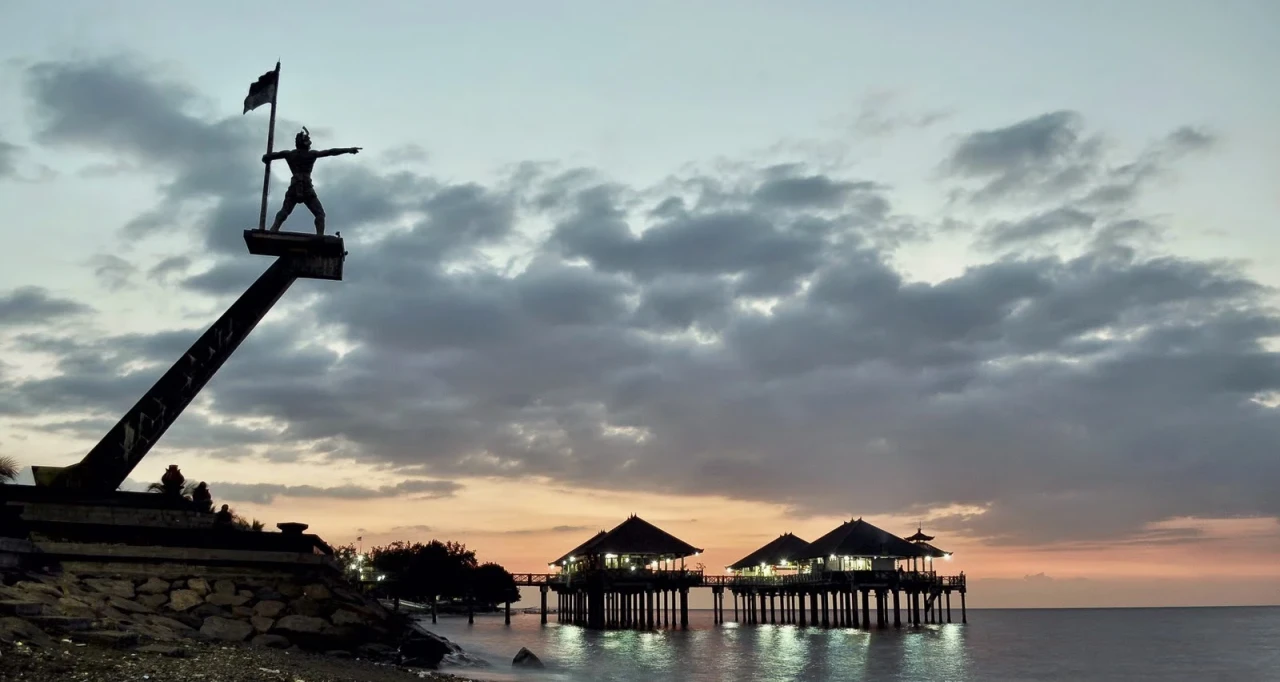
What to See
Despite its dense development, Singaraja has many parks, and the main streets are quite wide (a rarity for Bali). This allows for leisurely walks, exploring the architecture, and visiting the famous port.
The city also has an Arab Quarter (Kampung Arab) and a Bugis Quarter (Kampong Bugis).
The city center is at the intersection of Gajah Mada Street (Jalan Gajah Mada) and Jenderal Ahmad Yani Street (Jalan Jend Ahmad Yani).
Beach vacations are not Singaraja's forte. There are no comfortable beaches, no surf-worthy waves, or notable marine life. Hence, diving is also not an attraction here. As a result, an average tourist might not find much to do in this city. However, for an immersion in local culture, it is quite an interesting place to visit.
The local markets, where island residents shop, can be particularly intriguing. One can always find fresh fish, ripe vegetables, and fruits.
For instance, you can visit Pasar Anyar Singaraja. Besides the classic market offerings, you can buy woven baskets or silverware there. Senggol Pasar Anyar is a night market where you can try authentic Balinese food, mostly rice with meat.
Here are a few more places worth visiting.
This large museum comprises several pavilions. Here you can learn about the history of Buleleng Regency, view paintings by local artists, and see photographs and documents. For example, there are manuscripts in the ancient "Kawi" language containing religious, philosophical, medical, and other texts.
Although the museum doesn't usually see crowds of tourists, it has English-speaking guides who provide informative tours about the exhibits.
A 19th-century palace that once served as a royal residence. Today, it is more of a historical site, though descendants of the dynasty still reside in the palace. Several rooms are open to visitors, where they can explore documents, photographs, and artifacts from the royal family.
A beach north of the city offering beautiful sea views, especially at sunset and sunrise. However, there is no access to the water for swimming. Nearby is a fishing pier.
A Buddhist temple. The premises are well-maintained, resembling a Japanese garden. Noteworthy features include dragon statues and other oriental architectural elements. During the Chinese New Year, the temple is adorned with red lanterns, creating a beautiful evening display.
Singaraja is not a resort city, nor is it a remote village. It has all the amenities for comfortable living: supermarkets, shopping centers, parks, and restaurants, even electric car chargers. However, all these are intended for locals rather than tourists.
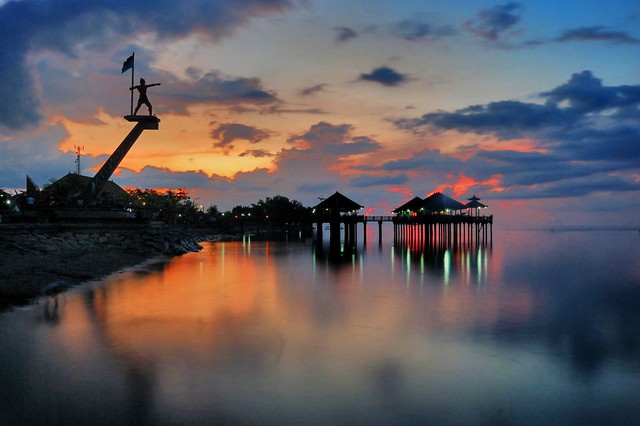
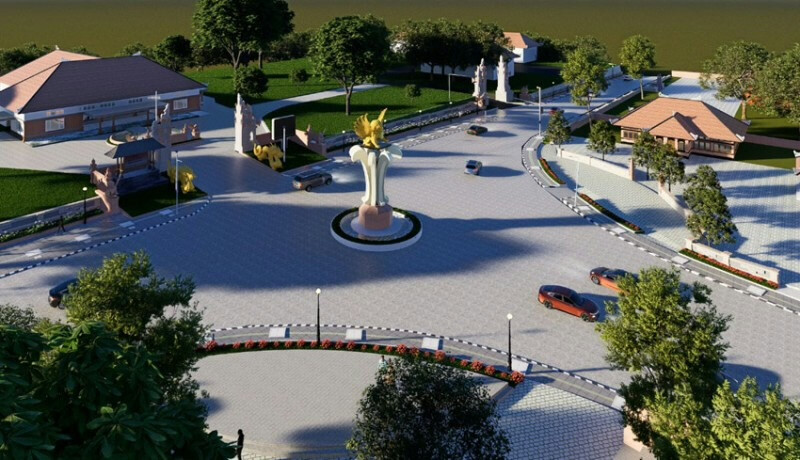
You can add one right now!